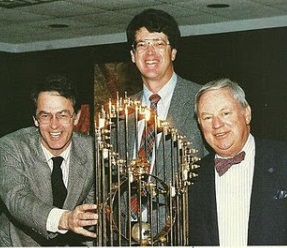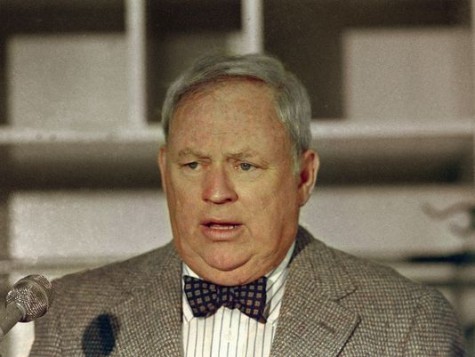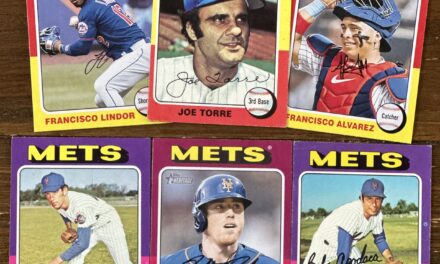
The Mets are now in search of a general manager after firing Jared Porter for inappropriate conduct. The Mets have had 14 official GMs in their history (along with five interim GMs, three of whom simultaneously in 2018 and of the five, two at one point held the GM title).
A few of the Mets GMs are notable for their achievements (Johnny Murphy presided over the 1969 championship team; Bob Scheffing was in the role when the Mets won the 1973 pennant). Other Mets GMs etched their places in team history for not-so-good reasons (Joe McDonald was in the office when Tom Seaver was traded, though Chairman of the Board, M. Donald Grant, was the driving force of the trade; Brodie Van Wagenen — well, you know).
When Nelson Doubleday and Fred Wilpon bought the Mets in 1980, their first key move was to hire a GM. They selected former Orioles’ executive Frank Cashen, who had helped build teams in Baltimore that won both the 1966 and 1970 World Series, as well as three consecutive pennants from 1969-1971.
Cashen had begun his baseball life as a reporter in the Baltimore area, taking on his first role in the game as Executive Vice President with the Orioles in 1965. He quickly achieved success, and transitioned to the GM role in 1971, holding it until 1975. He left baseball for a few years, returning in 1979 working with then Commissioner, Bowie Kuhn.
When Cashen was hired in January of 1980, the Mets were in the throes of a bad period in team history. They had traded Seaver three years earlier, and had finished in last place three seasons in a row. Cashen’s early strategy seemed to be to make moves to bring in talent and keep the fans interested, while working diligently to acquire young players and build for the future.
Among his major league trades in the early 1980s, Cashen brought in sluggers Dave Kingman and George Foster, outfielder Claudell Washington, and reacquired Tom Seaver. While none of these players was stellar on the field, they were high-profile talents who kept things reasonably interesting in Queens.
Cashen was essentially buying time as he drafted Darryl Strawberry and Dwight Gooden, and traded popular Lee Mazzilli for Ron Darling and Walt Terrell (who was traded for Howard Johnson). Cashen blended these young players with the young talent the Mets already had- Mookie Wilson, Lenny Dykstra, and Hubie Brooks (later dealt for Gary Carter). He was putting the pieces in place for a sustainable run in the mid and late-1980s.
Cashen is best known for his shrewd deals to acquire the needed veterans for the 1986 championship team. His best deal came on June 15, 1983, when he sent Neil Allen and Rick Ownby to St. Louis for Keith Hernandez. Hernandez had fallen out of favor with Cardinals’ manager Whitey Herzog, and the Mets were happy to take him off Whitey’s hands.
Ray Knight came along in 1984, and then Cashen sealed the deal by obtaining Gary Carter from the Expos prior to the 1985 season. For good measure, Cashen brought Mazzilli back in 1986, and Mazzilli proved to be instrumental in the World Series, getting key pinch hits in games six and seven.
Cashen stayed busy after the 1986 championship, trading Kevin Mitchell (and others) for Kevin McReynolds, and choosing to not bring Knight back. The Mets won the NL East in 1988, then continued to move players, trading Roger McDowell, Dykstra, and Rick Aguilera, and eventually allowing Hernandez’s contract to expire and releasing Carter.
Cashen remained with the Mets as GM through the 1991 season, and stayed with the organization in various capacities (including interim GM at one point) until the late 1990s. Cashen was inducted into the Mets Hall of Fame in 2010, and passed away in 2014.
As the Mets search for a GM (and the current thinking is there will not be a new one in the near future) begins, we can only hope that there may be another Frank Cashen available and willing to come to Flushing. The Mets are in better shape now than they were in 1980, perhaps that will be a selling point.
















